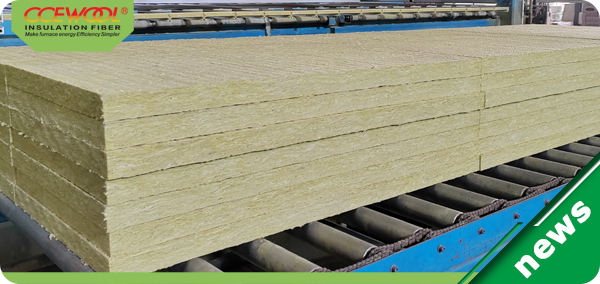Rockwool, also known as mineral wool or stone wool, is a popular insulation material used in buildings for its excellent thermal and acoustic properties. It is made from natural rock, typicallyalt or diabase, which is heated and spun into thin fibers. While rockwool widely used and considered relatively safe, there are some concerns regarding its potential health effects.

One of the primary concerns with rockwool is the presence of small fibers that can become airborne and behaled. These fibers, similar to asbestos fibers, can potentially cause health issues when they enter lungs. However, studies have shown that rockwool fibers are much larger and less likely to be inhaled deep into the lungs compared to asbestos fibers. Additionally, the fibers produced by modernwool manufacturing processes are less respirable, further reducing the risk of inhalation.
Nevertheless, is still important to handle
rockwool insulation with care to minimize the potential exposure to fibers. It is recommended to wear protective clothing, gloves, goggles, and a dust mask during installation, in confined spaces. It is also advisable to wet the insulation before working with it to reduce the of dust and fibers into the air.
As with any insulation material, proper and ventilation are crucial to ensure the safety of occupants. Rockwool, when properly installed and used according to the manufacturer's guidelines, poses minimal health risks. It is essential to follow safety during installation and maintenance to minimize the potential exposure to any airborne fibers or particles. If there are about the health effects of rockwool, it is recommended to consult with a professional insulation contractor or a health and safety specialist.



